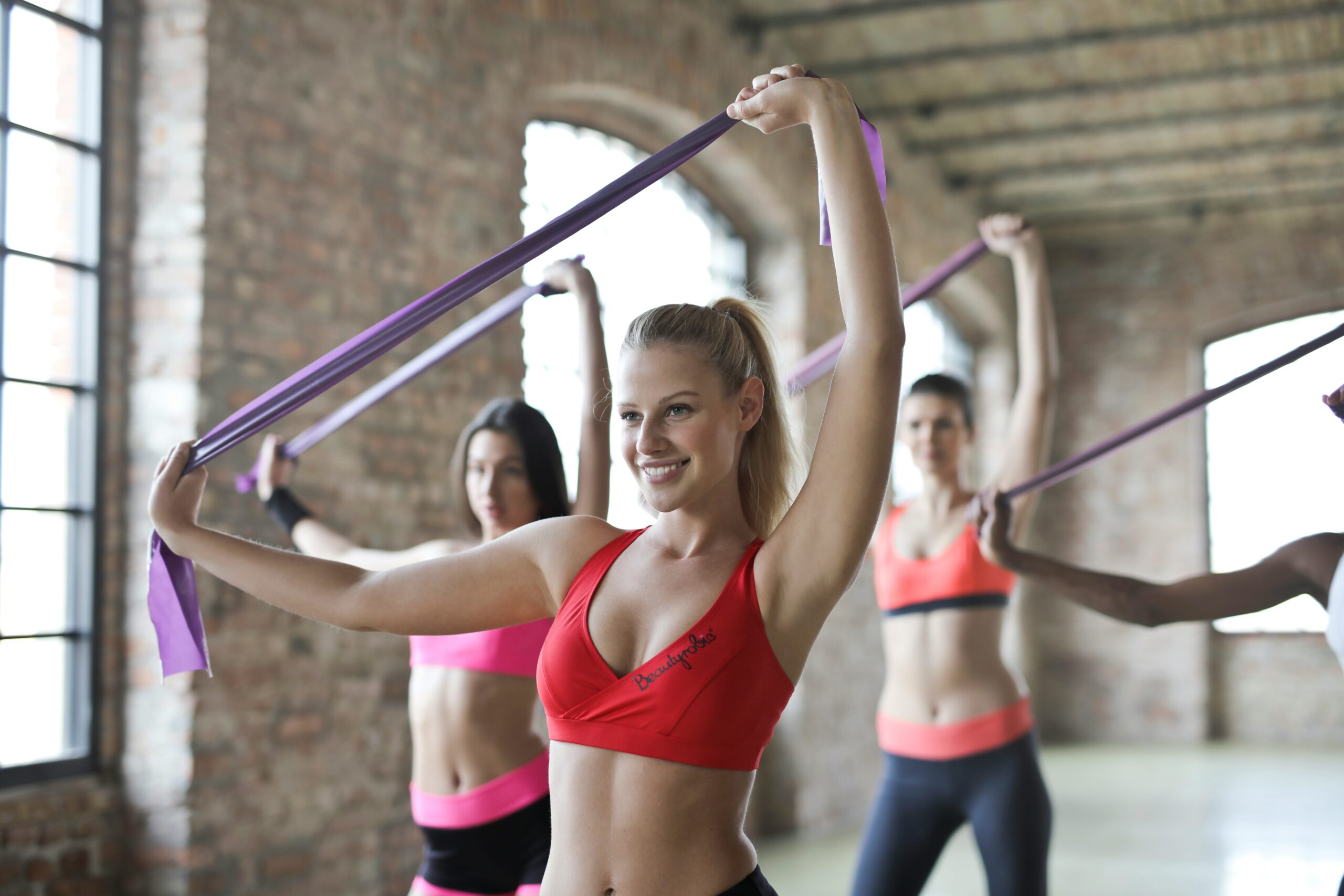One of the biggest drivers for people when they first come to see us is the aesthetics of being fit and healthy. Most realise that nutrition is a crucial aspect to sustainable weight management but are less clear when it comes to exercise. If you are trying to lose weight and improve definition what is the best exercise to do – resistance or cardio?
Resistance Training vs Cardio
A recent study in the Obesity Journal by Harvard School of Public Health looked at 10,500 men over 40 years of age from 1996 to 2008 and compared their waist circumference to 20 minutes of each type of exercise
Group A: Moderate Aerobic Exercise
Group B: Resistance training
Group C: Watching TV
Not surprisingly the study found that moderate aerobic exercise and resistance training both help to decrease waist circumference. However resistance training was shown to be twice as effective compared to aerobic exercise alone. Ideally a mix of both is going to be your best approach.
Here are 3 pieces of resistance training lingo that could help speed up your progress to becoming a fat burning machine
- Split Program: chest Monday, back Tuesday and of course arms Friday. Splitting up your resistance program became common practice for bodybuilders, as they wanted to maximise recovery in between training sessions, as they would train twice a day. Ideally you want to hit each muscle twice in a week, if you train 2-3 days a week a full body program is best, if you train 4-5 days a week a 2 day split program is best.
- Superset: in order to fit more volume and work into your program and really overload your muscles, super setting is key which means doing two exercises one after the other. Beginners should start by super setting lower and upper body exercise, more advanced can superset similar muscle groups.
- Rep Range: The ideal rep range for muscle hypertrophy is 6-12 reps. However studies show what is more important is the time under tension, where the ideal range is 30-60 seconds. Therefore make sure you use a slow controlled tempo when doing resistance training in order to maximise muscle adaptations. For beginners it is best to start with lower weight and higher reps. More advanced individuals can do a heavier weight with lesser reps.
The key to any exercise approach is consistency. By engaging in exercise that you enjoy you will create a positive long term approach to your health and fitness. It doesn’t have to be all pain and no gain.





